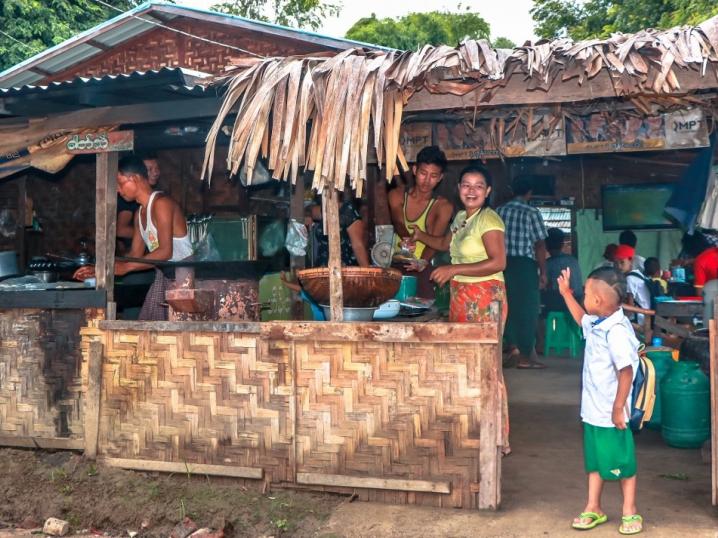Inclusive Business in Myanmar

Inclusive Business (IB) is a new and appealing concept to Myanmar. While there is a growing number of social enterprises and corporate social responsibility activities (CSR) in the country, the notion of engaging the poor through core business activities is yet to be established.
In March, VisionFund Myanmar was invited to participate in a panel discussion on the importance of the Inclusive Business approach in transforming the macro- and micro-economic spheres of the country. Led by the DaNa Facility, a DFID-UK funded programme focused on supporting inclusive economic growth and private sector development in Myanmar, the workshop was held in Yangon and attended by select social enterprises and startups like OnDoctor, Mandalay Snacks and YOMA Bank.
But before diving into VisionFund’s engagement with Inclusive Business, it’s important to understand what it is and what it could mean for Myanmar.
What is Inclusive Business (IB)?
In simple terms, it refers to private sector contributions to the inclusive growth of the economy by creating and expanding economic opportunities. Inclusive Businesses are commercially viable companies whose core business is to provide – at scale – innovative and systematic solutions for low-income people.
“Supporting and expanding inclusive business here in Myanmar would be a radical triple win for businesses, the poor and the government,” said Gail Marzetti, Head of DFID Myanmar, speaking at the event. “When inclusive businesses succeed not only does the company profit, but the poor gain through improved income or services, as does the government through more inclusive growth and a reduction in poverty levels.”
Initiating Inclusive Business in Myanmar
Myanmar’s government is considering the Inclusive Business Model as a new approach to reduce poverty and promote inclusive growth by generating income and services for the bottom 40% of the income earner.
Social enterprises in Myanmar that have the potential to develop the IB model are interested in innovating to find new business models, recognising the value of highlighting their positive social impact rather than limiting to CSR activities.
Microfinance institutions can play instrumental roles in implementing IB models through leveraging client relationships in low income communities.
Unlike other commercially driven banks or MFIs in the country, VisionFund Myanmar’s (VFM) mandate goes beyond simply providing financial services; the organisation has a strong social mission aimed at empowering communities to be able to provide brighter futures for children. VFM’s fundamental concept is in line with the foundations required for implementing IB methods, particularly with regards to introducing new technologies and novel business practices to reach unserved segments in society.
“VisionFund Myanmar is honoured to be selected as the microfinance representative of an Inclusive Business model that creates jobs and contributes to the inclusive and sustainable development of Myanmar’s economy,” said Rachel Yu, Programme Quality & Development Manager of VFM. “The panel discussion afforded an opportunity to present VisionFund’s ongoing work with underserved, rural communities as well as small and growing businesses, through innovative loan products, and the provision financial education.”
VisionFund Myanmar has been operating in Myanmar since 2015 and currently serves over 174,000 clients, 87 percent of whom are women borrowers.
Next Step for IB in Myanmar
To further promote Inclusive Business in Myanmar, The DaNa Facility will invest in responsible and inclusive businesses and has commissioned a market scoping study on IB in Myanmar to highlight good examples of IB models. The study will also access the enabling environment for IB and make recommendations for the government, investors and development partners to further promote IB. The DaNa Facility will also support IB enterprises through Business Innovation Window grants awarded in the first quarter of 2018 as well as through direct grants and technical assistance.